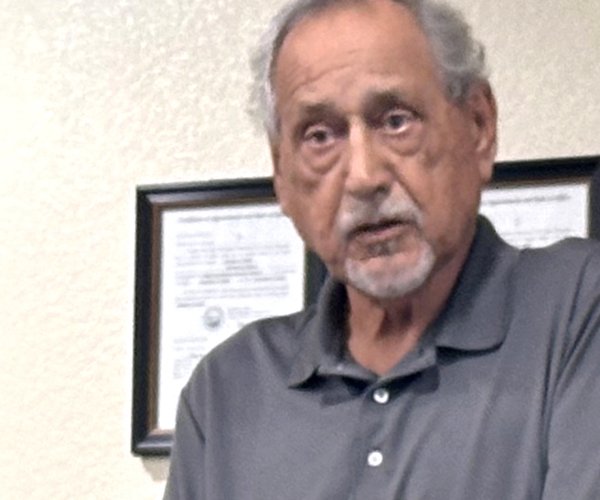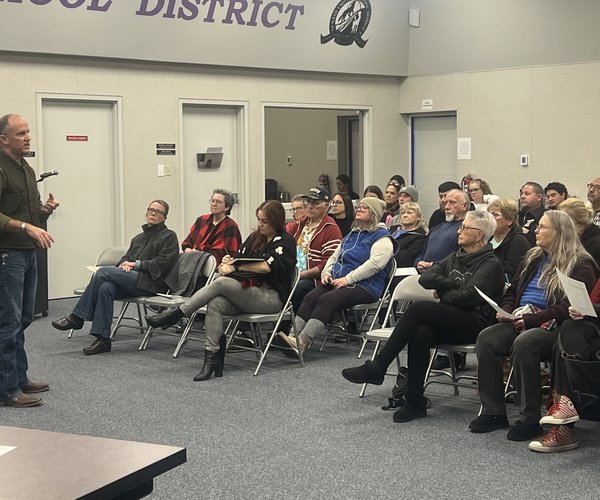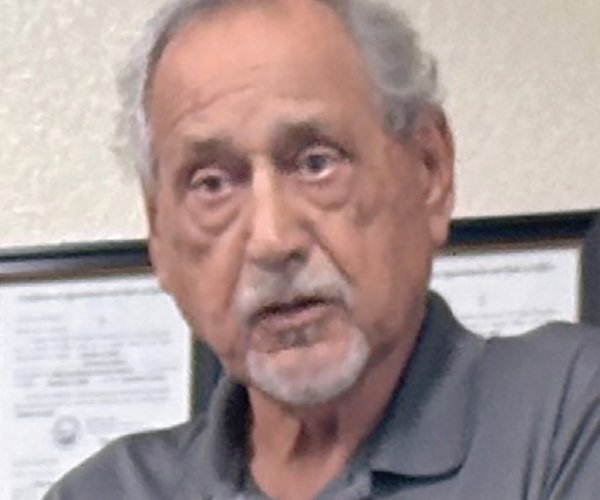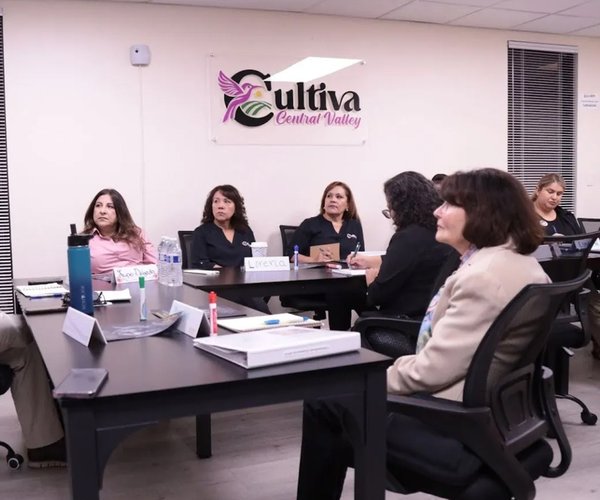The Turlock City Council on Tuesday approved a resolution which will reduce transit fares ahead of a scheduled rate increase, benefitting a wide range of bus riders from students to seniors.
Council votes to reduce transit fares





